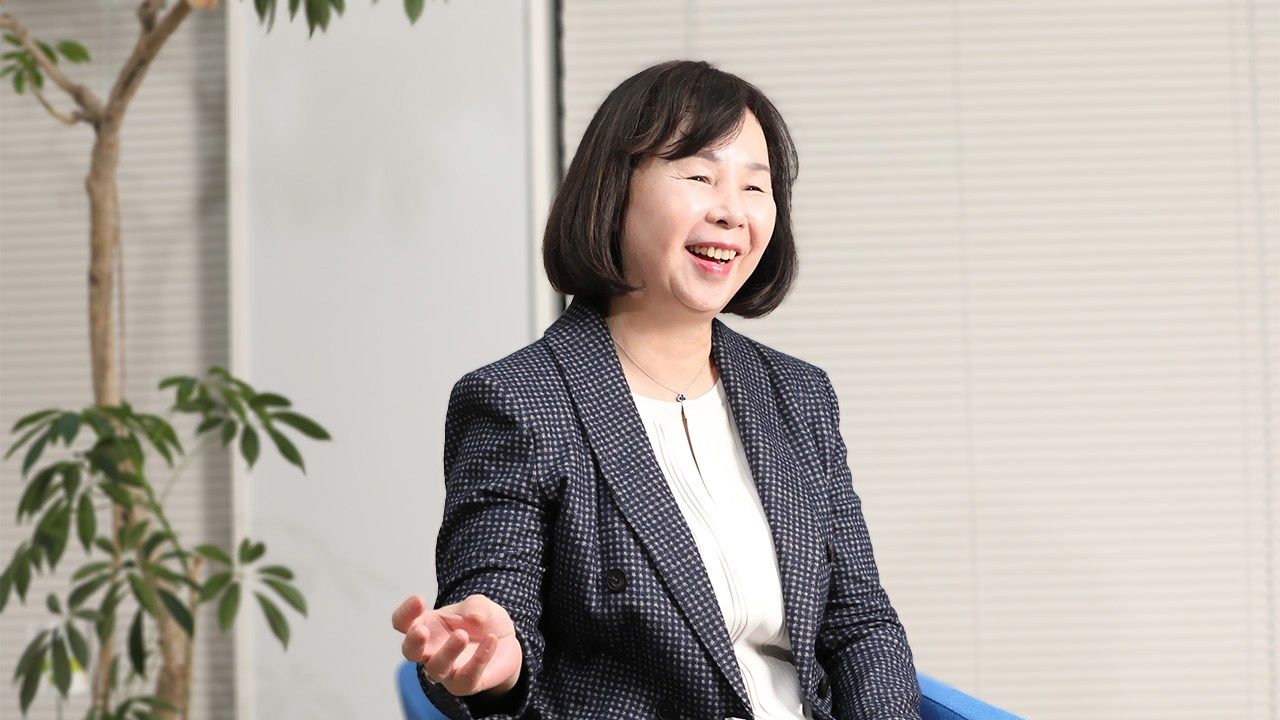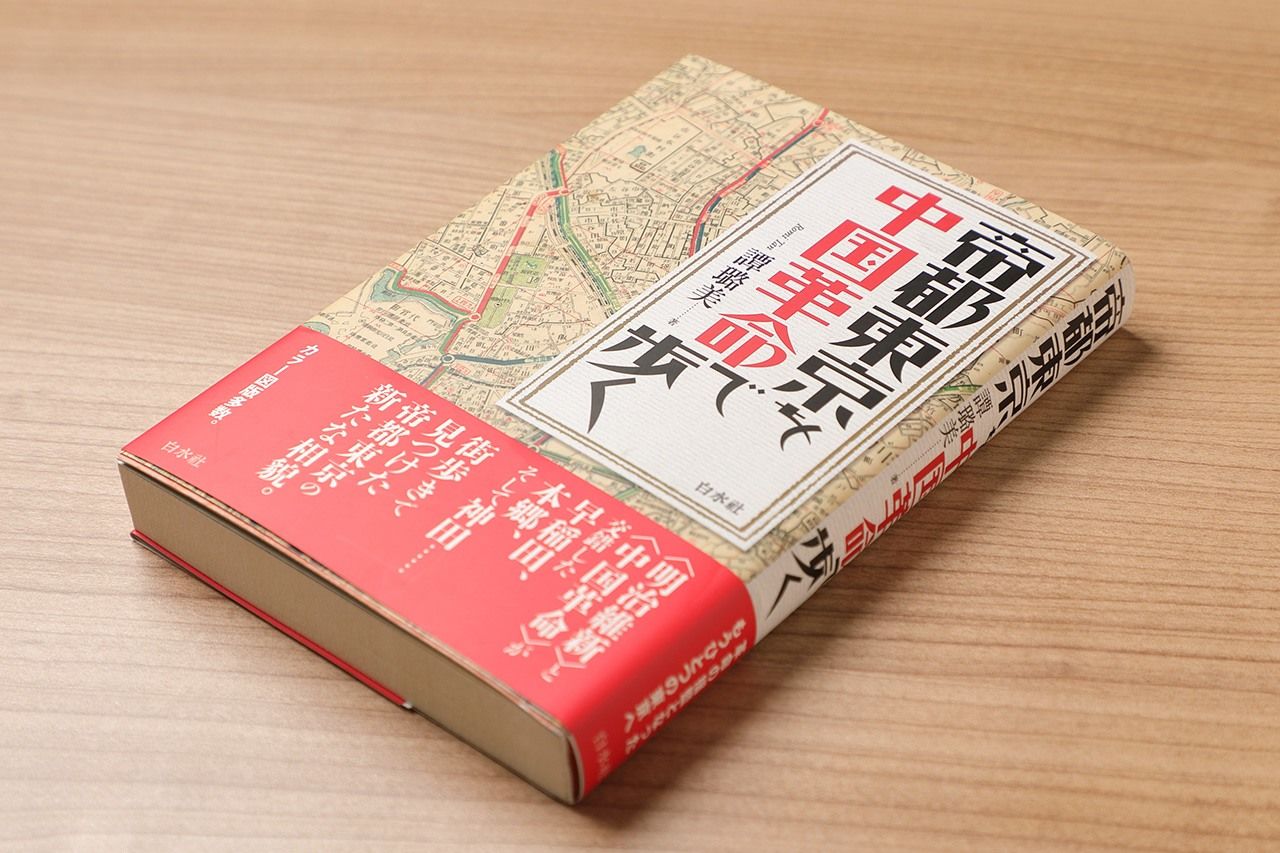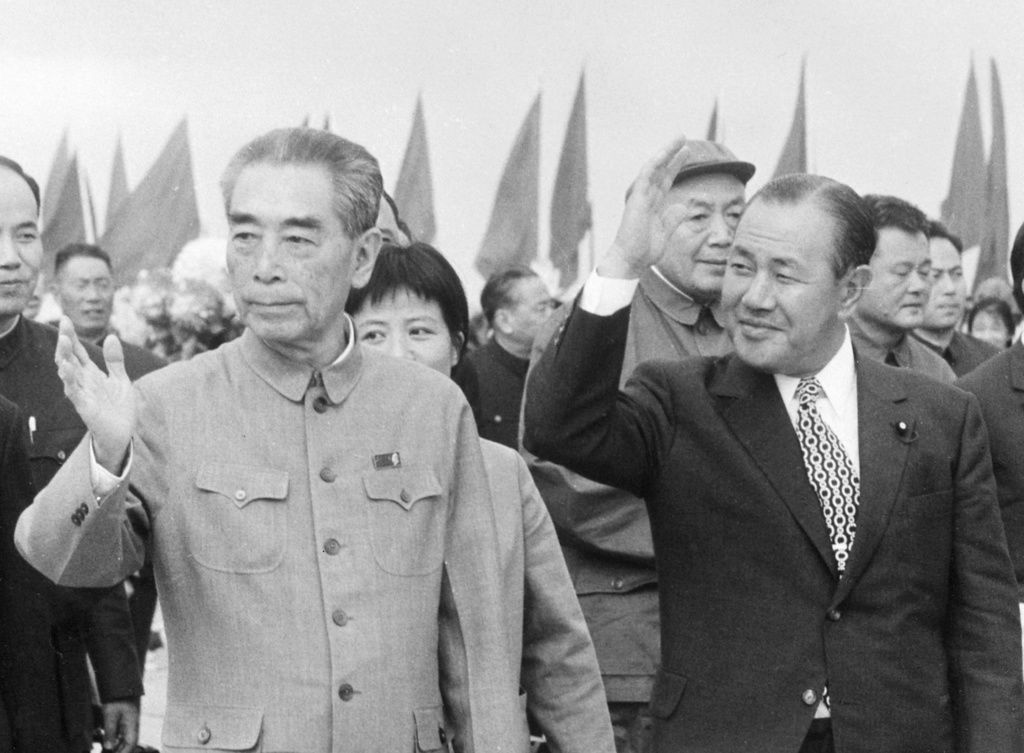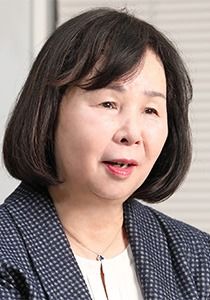
The Chinese Revolutionaries Who Came to Study in Japan: Tan Romi on Her Book “Tracing the Chinese Revolution in Imperial Tokyo”
Politics History Books- English
- 日本語
- 简体字
- 繁體字
- Français
- Español
- العربية
- Русский
Learning the Secrets of “Japan the Strong”
Tan Romi’s book Teito Tōkyō o Chūgoku kakumei de aruku (Tracing the Chinese Revolution in Imperial Tokyo) explores the background to Japan’s popularity as a destination for early twentieth-century Chinese students and describes the lives some of those students led in Tokyo. Figures covered include Liang Qichao, Sun Yat-sen, Chen Duxiu, Zhou Enlai, Chiang Kai-shek, and Lu Xun. Given the current state of Sino-Japanese relations, it sounds like a very different age.
“Sino-Japanese relations are strained at present. Both countries are home to elements that view the other side with suspicion and hostility, and even minor incidents can spark outrage,” says Tan. “The political situation between the two countries was poor a century ago, too, but it was nevertheless a warm-hearted age in which bonds of friendship between individual Japanese and Chinese people were common.”
In 1896, the year after the First Sino-Japanese War ended, the Qing government sent the first 13 students to study in Japan as an experiment. Why did Japan go on to become such a popular destination for Chinese students?

Tan Romi’s Tracing the Chinese Revolution in Imperial Tokyo. (© Hanai Tomoko)
“In 1905, the Qing government abolished the imperial examination system and stopped recruitment of civil servants based on the old educational style. The new qualification needed for career advancement was the ‘Western imperial examination’—in other words, studying abroad. Some students went to Europe and the United States at first, but because Japan’s post-Meiji Restoration modernization was more advanced than anywhere else in Asia at that point, many chose Japan as a place to study the modern ideas and systems of the West. Desire to learn the secrets of ‘Japan the Strong’ grew particularly strong after it won the Russo-Japanese War in 1905. Japan was cheap, close, and convenient for short-term stays, and the combination of those three elements made it a favorite destination for studying abroad.”
In 1905, Japan welcomed 8,000 students from overseas. The next year, that number spiked to around 10,000. Some 80% of these students lived in the modern metropolis of Tokyo, especially in and around Kanda, Waseda, and Hongō. What kind of people were they?
Kanō Jigorō’s Japanese School
“The Qing government and individual provinces gave the most accomplished students scholarships that covered their studies in Japan. But students weren’t the only ones who arrived. In 1911, during the upheaval following the Xinhai Revolution, all kinds of people came to Japan, from revolutionaries like Sun Yat-sen to figures like Kang Youwei and Liang Qichao, who were considered reformists within the Qing establishment. Japan became a melting pot of Chinese people busily pursuing a wide range of activities and goals.”
International students began their sojourn by enrolling in a Japanese language school. There were two schools of note.
“One was the Kōbun Gakuin, founded in 1902. Saionji Kinmochi was minister of both foreign affairs and education at the time, and he had his friend Kanō Jigorō, then-principal of Tokyo Higher Normal School, found the school at the request of the Qing government. But then the Qing Dynasty fell, and the school closed in 1909.
“What took its place was the East Asia Higher Preparatory School. This was founded by former Kōbun Gakuin teacher Matsumoto Kamejirō and his Chinese friend, but the school soon grew in scale as they found supporters in the financial sector, including figures like Shibusawa Eiichi. This was the school my father attended after arriving from Guangdong. According to him, between one and two thousand students were enrolled there.”
Zhou Enlai’s Poem of Parting on Mount Arashiyama
Few people today know that Zhou Enlai, first premier of the People’s Republic of China and right-hand man of Chairman Mao Zedong, also studied in Japan.

When Japan and China normalized diplomatic relations in September 1972, the negotiations were concluded by Premier Zhou Enlai (left) and Prime Minister Tanaka Kakuei (right). (© Kyōdō)
“Zhou Enlai had an unhappy childhood. His father died when he was young, and he was raised by his uncle amid great hardship. After graduating from a mission school in Tianjin with superb grades, he sailed to Japan in 1917. He began his studies there at the East Asia Higher Preparatory School, but he already knew so much Japanese that the curriculum there was largely irrelevant to him, sapping his motivation. His true passion was politics.
“Eventually Zhou’s scholarship funds ran out and he began house-hopping, staying with one friend after another. In 1918, he went back to China amid a mass return of foreign students in protest against Japan’s military intervention in Siberia during the Russian Revolution. Studying at Kyoto University had been his dream, and he even lodged a formal application to do so before later withdrawing it. Kyoto University still has that application in its archives. In any case, immediately before his return to China, he visited Arashiyama in Kyoto, even writing a poem of regretful parting called ‘Arashiyama in the Rain.’ He seemed truly devastated to be leaving Japan. The poem was later inscribed on a monument in Kameyama Park, Arashiyama, which stands to this day.”
What did all these students learn in Japan, and what did they take back to their home country?
“They studied the Western ideas that had entered Japan, made Chinese translations of the many European and American books available in Japanese, and took what they had learned back to China. Chen Duxiu, co-founder of the Chinese Communist Party, visited Japan no less than five times. He was enrolled at the Kōbun Gakuin for a while, but his true objective was to soak up the knowledge to be found in Kanda, Japan’s largest bookstore district. Seeing how many magazines were being published in Japan introducing new ideas, he hit on the idea of founding a magazine of his own to promote his views. After he returned to Shanghai, he launched the magazine New Youth. This was one of the most important magazines in modern Chinese history, and you could argue that Chen founded it because of his encounters with Kanda as a wellspring of knowledge. Along with New Youth, more than 120 books translated from Japanese into Chinese would be published in Shanghai during the 1920s.”
Chiang Kai-shek’s Military Education in the Japanese Army
Many giants of modern Chinese history studied in Japan, and some are introduced below. Even some of the key players of the Xinhai Revolution had spent time studying in Japan.
“Sun Yat-sen, known as the ‘Father of the Revolution’ and the ‘Father of the Nation,’ was the biggest star of the Xinhai Revolution, but many other powerful figures played supporting roles. One of these was Song Jiaoren, who had attended Waseda University’s preparatory academy. Song was an avid reader and a diligent student who became an expert in law. After the revolution, he drafted the Provisional Constitution of the Republic of China,the first constitution in Chinese history; established a bicameral National Assembly; and led the Kuomintang party to control of both houses after the National Assembly’s first election. In 1916, however, he was assassinated on the orders of Yuan Shikai, who wanted to govern as a dictator.”
Chiang Kai-shek, who was president of the Republic of China for a time in the 1920s and ruled Taiwan after World War II, studied military matters in Japan.
“Chiang Kai-shek first came to Japan in 1906 at the age of 19. He wanted to be a military man, so in 1908, he enrolled at the Shinbu Gakkō in Shinjuku, the Japanese army’s school for students from Qing China. Three years later, after graduating, he was assigned to the army’s 13th Division, which was commanded by Nagaoka Gaishi and based in Niigata Prefecture, as Private 2nd Class in the 19th Artillery Regiment. Grueling labor never fazed Chiang. He was assigned to care for the horses, and rose early in the morning to do so without complaint. During the day he performed marching drills in heavy equipment, and at night he cleaned his quarters and laundered his commanding officer’s uniform. He took detailed notes on the drills he performed. When the military uprising of the Xinhai Revolution broke out, he hurried back to China, but he put his military education to full use later at the Whampoa Military Academy when he was appointed its commandant. No one had greater admiration for the Japanese army nor did more to introduce its educational and training methods to China than Chiang Kai-shek.”
From Studying in Japan to Founding the Chinese Communist Party
The Chinese Communist Party was founded in 1921. Of its 13 founding members, 4 had studied in Japan.
“At the time, students arrived not knowing what socialism was, so they began with academic studies. One particularly avid pupil was Li Hanjun. He became famous even in Japan as one of the most prominent Chinese socialists, and the first National Congress of the Chinese Communist Party was held in his house in Shanghai, which has been preserved as a museum. Socialist thought was on the rise around the world at that time, and those studying abroad in Japan absorbed it there and brought it back to China with them. You might say that it was knowledge attained in Japan that created the Chinese Communist Party.”
Tan’s lecture introduced some party members that were favorably disposed toward Japan.
“Chen Rixin [also known as Chen Tao] was a brilliant student who had studied at Keiō University’s Faculty of Economics. He led the Assembly of Chinese Students in Japan, which supported the Xinhai Revolution, and joined the Chinese Communist Party in 1925 after returning to China. In the newly established People’s Republic of China, he was assigned to the Ministry of Industry and Commerce, where he compiled economic statistics.
“Later in life, Chen became a professor at the University of International Business and Economics in Beijing, where he published the country’s first Sino-Japanese dictionary and became a leading figure in the study of the Japanese language. His wife was a professor at Peking University who had studied in Nara, and the two were both Japanophiles. He was so shocked by the crackdown on students during the Tiananmen Square Incident, which took place when he was 90, that he suffered a heart attack and died. He never forgot what he had learned in Japan, and reportedly said that it had set the course for his entire life.
Tan closed the speech with a call to honor the history her book explores.
“There were people in that age who studied in Japan, won Japan’s support, and strived to be of use to China. I want to preserve the knowledge of that historical moment in Japan as well.”
(Originally published in Japanese. Banner photo: Tan Romi. © Hanai Tomoko.)
